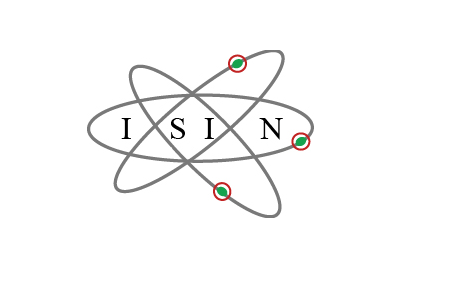The situation at the Zaporizhzhya plant: what happened, what could happen

The situation at the Zaporizhzhya plant: what happened, what could happen
First of all, two aspects must be distinguished:
- what has happened in these days and the related consequences;
- what could happen in the current war scenario.
What has happened in these days and the related consequences.
According to what was declared by the IAEA in the statement of 9 August, there were two war actions that led, the first on 5 August, to damage the external power supply line, the second, on 6 August, parts of buildings in the area near which the spent nuclear fuel is stored dry. No damage was reported to the fuel containers while the area's radiometric monitoring system was damaged. The IAEA states that, based on this information, there are no immediate risks to nuclear safety. However, the situation continues to cause great concern, as some important elements remain compromised which contribute to ensuring the required high level of safety, in particular:
- the persistent unavailability of part of the external power supply network;
- the impossibility for the staff to manage the plant independently, given the occupation of the site, including the inability to access the emergency management center on the site;
- the absence of regular contacts with the competent regulatory authority.
What could happen in the case of other war attacks
It should be noted that the existing barriers and safety systems in the plants, designed with redundancy and resistance to even serious events of anthropogenic and natural origin, can help prevent any significant releases of radioactivity into the environment even in the circumstances in which an act warfare, even if not taken as a reference in the project, affects and damages even vital parts of the plant. On the other hand, such damage can induce the development of more serious accident scenarios characterized by damage to the reactor core and the containment structure, with significant releases of radioactivity into the environment. These scenarios are taken as a reference in the security analyzes.
In this regard, WENRA and HERCA, the associations of European bodies in the field of radiation protection and nuclear safety, have estimated that their consequences would require an evacuation within a radius of 20 km and shelter indoors within a radius of 100 km, therefore with a significant impact on the Ukrainian population.
In this case, however, a precise modeling of the dispersion of the radioactive release would be required that takes into account the real conditions, in particular meteorological conditions. This is even more valid for longer distances affecting neighboring countries. However, it should be noted that we are in a war scenario and that the plants are not designed in any case in the event of serious warfare that would hit and seriously damage the containment structure of the reactors and possibly the reactors themselves. In such circumstances, the radioactivity releases could be higher and the range of action in which to adopt protective measures extended. Hence the importance and the need for warfare in the area of the plant to cease as soon as possible.
Obviously, in the case of Italy, due to the distance, direct protective measures would not be expected in such hypothetical circumstances, but a modeling of atmospheric dispersion and careful radiometric monitoring.
